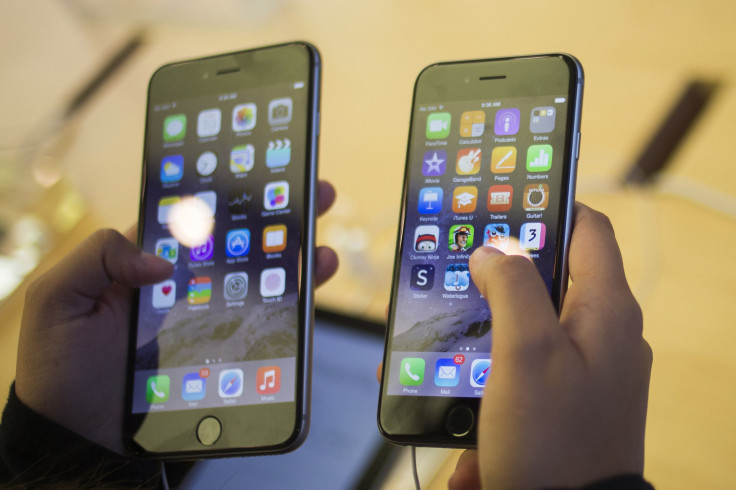iOS 8 Growing Pains: Developers Ask For Patience As They Optimize Older Apps For Larger iPhones

Once, iPhone app developers had it easy. There was one phone -- the iPhone -- and one screen size. Then came an iPad, another iPad, and a few more screen sizes. But overall, Apple's mobile ecosystem, based on iOS, was a dream for developers who could write an app once and easily make it work everywhere.
The Android world, by contrast, encompasses thousands of devices with different screen sizes, and the complexity meant developers were slow to write for the platform, if at all.
But with the iPhone 6 and 6 Plus, Apple's constellation of screens has multiplied to seven different sizes, and because the App Store requires all apps work on all screens all the way back to the iPhone 4s, updating old apps and writing new ones is getting more complicated -- and expensive.
“Apple generally requires that iPhone apps support all iPhones currently supported by their targeted iOS release,” said Will Henchy, developer of the Auto Miles application, which logs vehicle mileage for drivers. “So if [developers] want to release an iOS 8 app, [they] will be required to support everything back to the iPhone 4s.”

Several technology pundits have spoken out critically of the iOS 8 software, pointing out that many older apps do not present well on the larger iPhones -- in particular the iPhone 6 Plus -- because they have not yet been enhanced to work with the new system.
Apps should not be allowed to say they’re updated for iOS 8 if they don’t support the new display sizes.
- John Gruber (@gruber) September 19, 2014Yeah, developers need to seriously update their apps for the 6 Plus.
— Mark Gurman (@markgurman) September 19, 2014The iOS 8 operating system has been available to consumers for about a week, and its adoption rate is already almost 50 percent, but one week is hardly enough time for thousands of Apple developers to update their applications in accordance with iOS 8. But when they do, they'll find more fragmentation in the ecosystem, which means longer development times and higher cost.
In other words, it will look more like Google's Android ecosystem, which has to accomodate thousands of devices with different screen sizes made by many handset manufacturers. That deters some developers. “It is relatively easy to build an Android app, like an iOS app, but the testing process for Android takes much longer,” said Kevin Holesh, developer of the Moment application, which allows users to monitor their smartphone usage.
“I used to own about 25 Android devices for testing, and that was just the most popular models. I was ignoring hundreds of other models," he said. Holesh says he requires just three devices in order to test his iOS apps: The oldest iPhone he supports, the newest iPhone he supports and an iPad.
Size fragmentation has not really been an issue for Apple developers in the past. Even with the size differences between iPhones and iPads, iOS software for iPhone and iOS software for iPad have typically been treated as two separate platforms. It is common for iOS applications to be compatible with iPad and not with iPhone; however, iOS 8 developer tools allow for more “universal” app development, so that applications are automatically compatible with both iPhones and iPads.
“I usually start with an iPhone-only version of my apps for simplicity, but Apple is making it so easy to make your [user interface] fit an iPad, I may start with a universal app from now on,” said Holesh. “Some older apps might be tricky to update, but any apps created or updated in the last year or two shouldn’t be very difficult to update for the new phones."
Some fragmentation is simply unavoidable; as devices get older and Apple ceases their software support, many developers also stop working with these devices. As of iOS 8, the iPhone 4 will stop receiving iOS support from Apple and developers alike. In addition, many older iPhones will likely run slower on iOS 8 due to the difference in hardware specifications. Most devices have about a two-to-three year life span for support, before they are phased out. However, these are not issues that will affect iPhone 6 and 6 Plus users at the moment.
While 2014 may be all about large screens for Apple, consumer demand could see Cupertino going back to its roots in the future. Holesh projects that Apple could reintroduce the 4-inch iPhone in a future release. Many developers plan to support the smaller iPhones in some capacity as long as consumers are using them.
© Copyright IBTimes 2024. All rights reserved.






















